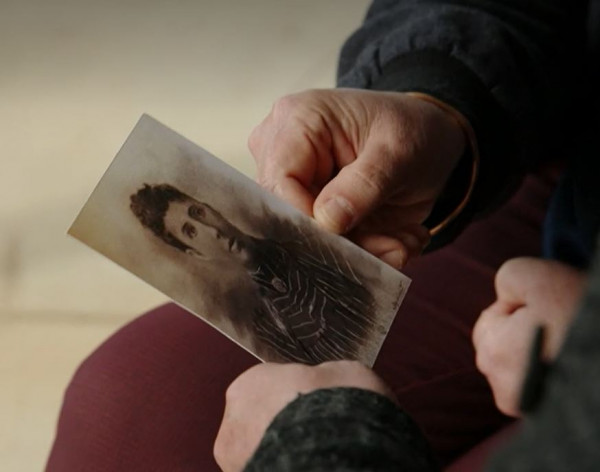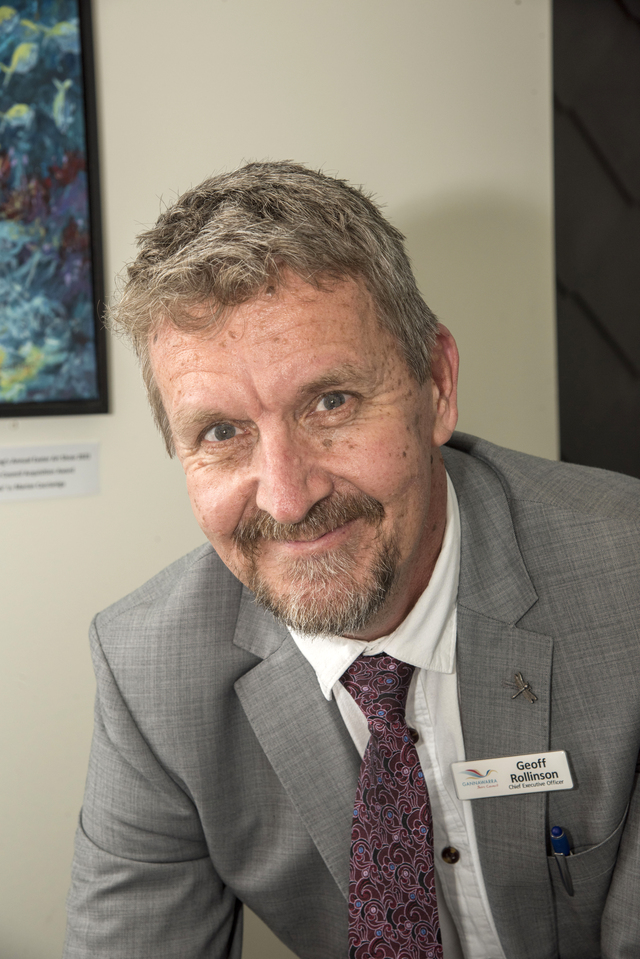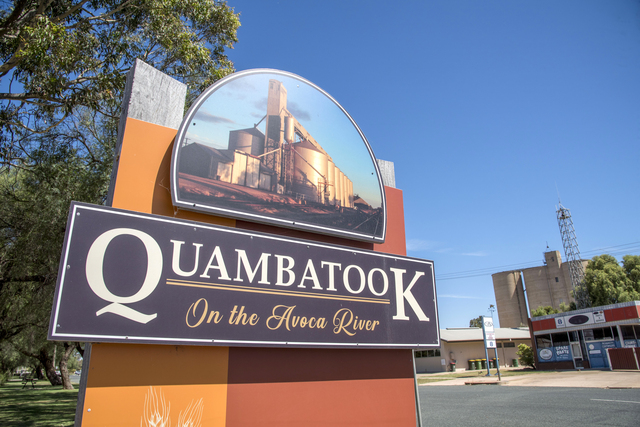BROADCASTER Myf Warhurst says she’s proud of the strong women in her life after she discovered her two times great-grandmother was the Lake Charm publican.
The former Spicks and Specks star’s ancestry past was unearthed recently on the SBS’s Who Do You Think You Are?
Warhurst was determined to learn the truth about a ‘handshake adoption’ in her paternal line.
She was humbled and proud to learn that although her ancestor’s early life was characterised by institutions and, later in life, separation from her own children, she was finally able to find some contentment and security.
Warhurst then delves into her mother’s family to discover two bold, adventurous ancestors – her three times great-grandfather who was a vocalist and entertainer during the gold rush, and his daughter, a pioneering entrepreneur who outsmarted her greedy second husband.
Her two times great-grandmother, Margaret Amelia Smith, took over the licence of the Lake Charm Hotel in 1903. The Murray Valley Highway hotel has since become a private residence.
Historian Professor Christina Twomey said in the late 19th century, about 50 per cent of hotel licenses were held by women.
“When you think about hotels back then, they also had accommodation at them so it was a way women could combine responsibilities to children and earn an income at the same time.
“The female hotel keeper could become formidable in her community.”
Sitting outside the residence, Prof Twomey told Warhurst that when Ms Smith’s first husband died, she remarried JR Smith within a year and then within another six months she took out the licence of the Lake Charm hotel.
“Possibly she has decided that she needs a separate space from her new husband and wants to strike out a bit more independence so we might be able to say Margaret is an industrious women; she is someone who wants to be in charge of her own destiny,” she said.
In August, 1094, Ms Smith holds a cleaning sale as she decides to put the lease up again for the hotel. Then the journey takes Warhurst north to Swan Hill.
“JR fancies himself as a bit of a stock dealer, and they decide he’s going to run a sheep station and a venture that relied on regular rainfall, but within two years this region records the lowest rainfall since records began,” Prof Twomey said.
“Ultimately, in1094 they default on lease payments and the land is lost. JR Smith returns to Swan Hill where Margaret is in residence and finds herself in the centre of a big court case.”
A report in The Age in 1919, headlined Who owns the house?, outlines the judgement of a civil court case in which a “husband and wife of 16 years of domestic bliss comes to a dead end and quarried into ownership of a home”.
JR Smith claimed the house and furniture but the wife refused to give them up. In 1912, Mrs Smith agreed they could sell the stock and equipment in order to engage stock speculation and farm, but at that point she cuts a deal and says, “I need security, land in my name and a home build on the land”.
“By that time it’s all starting to come unstuck and she is already aged 60,” Prof Twomey said.
“She wins and continues to live in the house in Swan Hill.”
She died in Wycheproof, aged 82, on November 4, 1941.
A newspaper report described the passing of a Swan Hill and Kerang “pioneer”.







